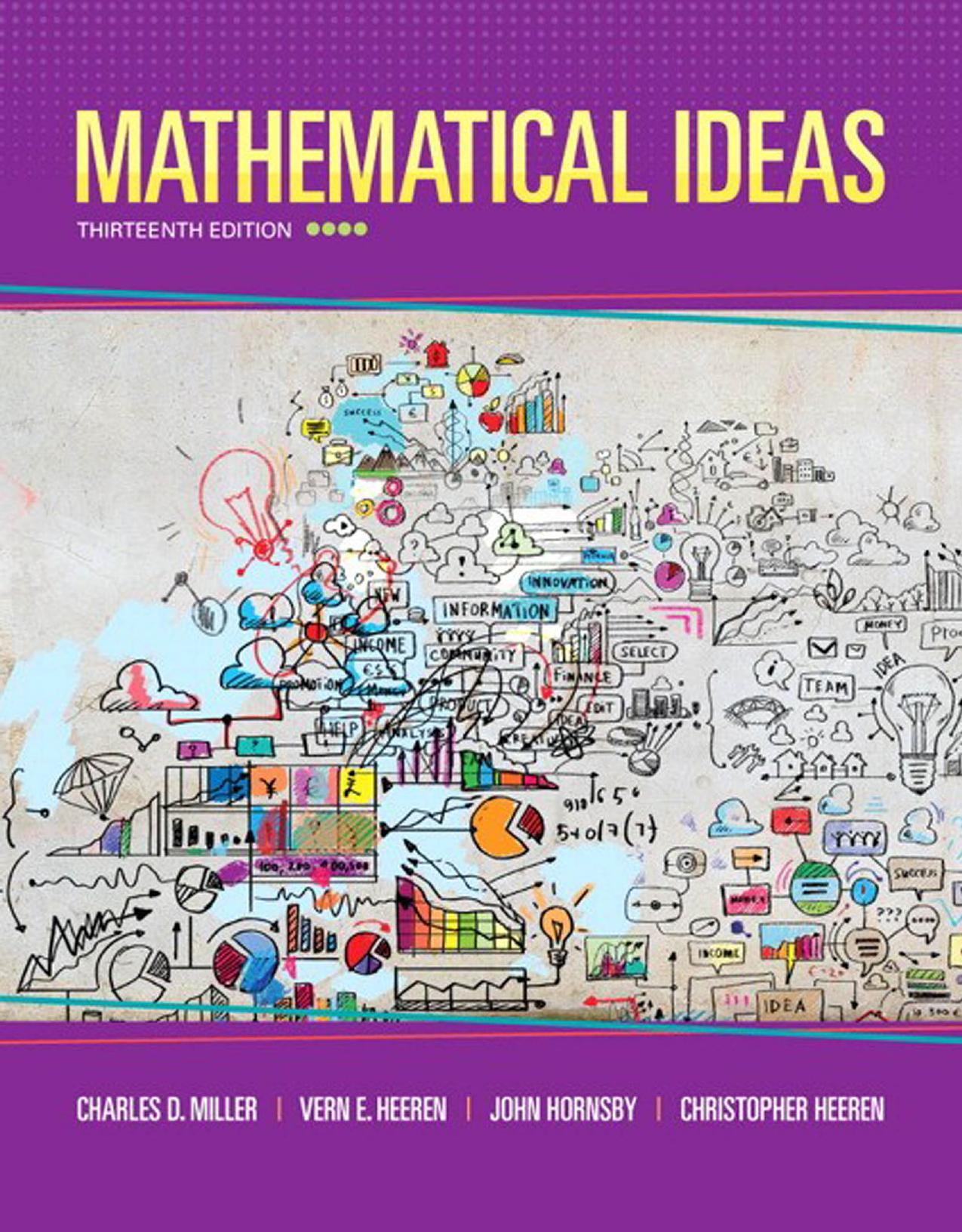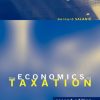Mathematical Ideas 13th Edition by Charles Miller, Vern Heeren, John Hornsby, Christopher Heeren ISBN 0321977076 9780321977076
$70.00 Original price was: $70.00.$35.00Current price is: $35.00.
Instant download Mathematical Ideas 13th Edition by Charles D. Miller after payment
Mathematical Ideas 13th Edition by Charles Miller, Vern Heeren, John Hornsby, Christopher Heeren – Ebook PDF Instant Download/Delivery: 0321977076 , 978-0321977076
Full dowload Mathematical Ideas 13th Edition after payment

Product details:
ISBN 10: 0321977076
ISBN 13: 978-0321977076
Author: Charles Miller, Vern Heeren, John Hornsby, Christopher Heeren
Mathematical Ideas 13/e, captures the interest of non-majors who take the Liberal Arts Math course by showing how mathematics plays an important role in everyday life. With a fresh, new focus on math in the workplace, this program shows students how math will play an important role in their future, while encouraging them to understand and embrace the mathematical concepts.
Note: This is the standalone book if you want the book/access card order the ISBN below;
0321978269 / 9780321978264 Mathematical Ideas plus MyMathLab — Access Card Package 13/e
Package consists of:
0321431308 / 9780321431301 MyMathLab — Glue-in Access Card
0321654064 / 9780321654069 MyMathLab Inside Star Sticker
0321977076 / 9780321977076 Mathematical Ideas
NOTE: Before purchasing, check with your instructor to ensure you select the correct ISBN. Several versions of Pearson’s MyLab & Mastering products exist for each title, and registrations are not transferable. To register for and use Pearson’s MyLab & Mastering products, you may also need a Course ID, which your instructor will provide.
Used books, rentals, and purchases made outside of Pearson
If purchasing or renting from companies other than Pearson, the access codes for Pearson’s MyLab & Mastering products may not be included, may be incorrect, or may be previously redeemed. Check with the seller before completing your purchase
Mathematical Ideas 13th Table of contents:
1. The Art of Problem Solving
1.1 Solving Problems by Inductive Reasoning
1.2 An Application of Inductive Reasoning: Number Patterns
1.3 Strategies for Problem Solving
1.4 Numeracy in Today’s World
2. The Basic Concepts of Set Theory
2.1 Symbols and Terminology
2.2 Venn Diagrams and Subsets
2.3 Set Operations
2.4 Surveys and Cardinal Numbers
3. Introduction to Logic
3.1 Statements and Quantifiers
3.2 Truth Tables and Equivalent Statements
3.3 The Conditional and Circuits
3.4 The Conditional and Related Statements
3.5 Analyzing Arguments with Euler Diagrams
3.6 Analyzing Arguments with Truth Tables
4. Numeration Systems
4.1 Historical Numeration Systems
4.2 More Historical Numeration Systems
4.3 Arithmetic in the Hindu-Arabic System
4.4 Conversion between Number Bases
5. Number Theory
5.1 Prime and Composite Numbers
5.2 Large Prime Numbers
5.3 Selected Topics from Number Theory
5.4 Greatest Common Factor and Least Common Multiple
5.5 The Fibonacci Sequence and the Golden Ratio
5.6 Magic Squares (online)
6. The Real Numbers and Their Representations
6.1 Real Numbers, Order, and Absolute Value
6.2 Operations, Properties, and Applications of Real Numbers
6.3 Rational Numbers and Decimal Representation
6.4 Irrational Numbers and Decimal Representation
6.5 Applications of Decimals and Percents
7. The Basic Concepts of Algebra
7.1 Linear Equations
7.2 Applications of Linear Equations
7.3 Ratio, Proportion, and Variation
7.4 Linear Inequalities
7.5 Properties of Exponents and Scientific Notation
7.6 Polynomials and Factoring
7.7 Quadratic Equations and Applications
8. Graphs, Functions, and Systems of Equations and Inequalities
8.1 The Rectangular Coordinate System and Circles
8.2 Lines, Slope, and Average Rate of Change
8.3 Equations of Lines
8.4 Linear Functions, Graphs, and Models
8.5 Quadratic Functions, Graphs, and Models
8.6 Exponential and Logarithmic Functions, Graphs, and Models
8.7 Systems of Linear Equations
8.8 Applications of Linear Systems
8.9 Linear Inequalities, Systems, and Linear Programming
9. Geometry
9.1 Points, Lines, Planes, and Angles
9.2 Curves, Polygons, Circles, and Geometric Constructions
9.3 The Geometry of Triangles: Congruence, Similarity, and the Pythagorean Theorem
9.4 Perimeter, Area, and Circumference
9.5 Volume and Surface Area
9.6 Transformational Geometry
9.7 Non-Euclidean Geometry and Topology
9.8 Chaos and Fractal Geometry
10. Counting Methods
10.1 Counting by Systematic Listing
10.2 Using the Fundamental Counting Principle
10.3 Using Permutations and Combinations
10.4 Using Pascal’s Triangle
10.5 Counting Problems Involving “Not” and “Or”
11. Probability
11.1 Basic Concepts
11.2 Events Involving “Not” and “Or”
11.3 Conditional Probability and Events Involving “And”
11.4 Binomial Probability
11.5 Expected Value and Simulation
12. Statistics
12.1 Visual Displays of Data
12.2 Measures of Central Tendency
12.3 Measures of Dispersion
12.4 Measures of Position
12.5 The Normal Distribution
13. Personal Financial Management
13.1 The Time Value of Money
13.2 Consumer Credit
13.3 Truth in Lending
13.4 The Costs and Advantages of Home Ownership
13.5 Financial Investments
14. Graph Theory
14.1 Basic Concepts
14.2 Euler Circuits and Route Planning
14.3 Hamilton Circuits and Algorithms
14.4 Trees and Minimum Spanning Trees
15. Voting and Apportionment
15.1 The Possibilities of Voting
15.2 The Impossibilities of Voting
15.3 The Possibilities of Apportionment
15.4 The Impossibilities of Apportionment
People also search for Mathematical Ideas 13th:
mathematical ideas 15th edition
key mathematical ideas
developing mathematical ideas
a convention for recording mathematical ideas


